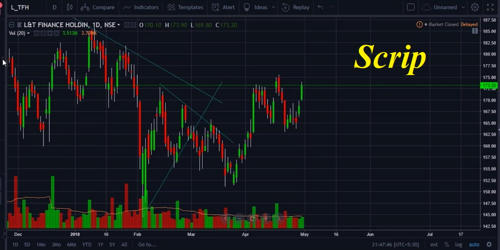A complementary currency is any currency that is not a national currency but has acceptance for use in specific conditions in a nation. It is a currency or medium of exchange that is not necessarily a national currency, but that is thought of as supplementing or complementing national currencies. It is not intended for use as the primary means of exchange in an economy. They are designed to fulfill monetary needs that are ignored by fiat money and improve the overall health of the economy and society.
Complementary currencies are usually not legal tender and their use is based on an agreement between the parties exchanging the currency. These currencies are set up by private citizens, advocacy groups, or public regulatory bodies to create parallel markets for specific goods and services, with the goal of regulating the economy or achieving a particular social, environmental, or political purpose. According to Jérôme Blanc of Laboratoire d’Économie de la Firme et des Institutions, complementary currencies aim to protect, stimulate, or orientate the economy. They may also be used to advance particular social, environmental, or political goals.
Regional currencies meant to keep spending local are a typical example of a complementary currency. When speaking about complementary currencies, a number of overlapping and often interchangeable terms are in use: local or community currencies are complementary currencies used within a locality or other form of community; regional currencies are similar to local currencies, but are used within a larger geographical region; and sectoral currencies are complementary currencies used within a single economic sector, such as education or health care. Many private currencies are complementary currencies issued by private businesses or organizations. Complementary currency organizations also have a clear identifiable social purpose, be it to improve the local economies, poverty alleviation, improve volunteer participation, and/or youth and elderly services.
Other terms include alternative currency, auxiliary currency, and micro currency. Mutual credit is a form of alternative currency, and thus any form of lending that does not go through the banking system can be considered a form of alternative currency. Cryptocurrencies are alternative currencies, but they generally aren’t considered complementary currencies unless there is some social aim explicitly being fulfilled through their creation. They include barter currencies, parallel currencies, alternative currencies, time banks, and many other forms of exchange. Barters are another type of alternative currency. These are actually exchange systems, which trade only items, without the use of any currency whatsoever.
















